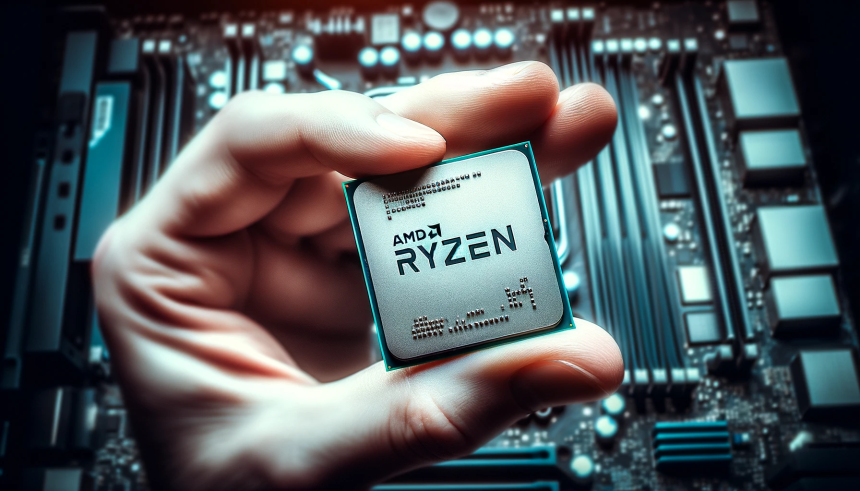Even after nearly a decade since its debut, AMD’s AM4 platform continues to gain renewed life, surprising the hardware community and long-time users. Tech enthusiasts often expect hardware platforms to be quickly phased out, yet AMD’s commitment provides an uncommon sense of continuity. As technology cycles move rapidly, this platform’s longevity reshapes expectations for upgrade pathways, sparking new conversations about value and support in the PC ecosystem.
Reports surfaced in recent years suggesting that AMD would retire the AM4 socket, leading users to anticipate a forced transition to newer chipsets like AM5. Earlier launches signaled the company’s gradual shift towards advanced DDR5 memory support, but an ongoing demand for cost-efficient upgrade options kept interest in AM4 alive. Instead of adhering strictly to generational change, AMD has returned to strengthen support for established hardware, contrary to many competitors’ approaches of ending support after just a few years.
What Drives AMD to Continue AM4 Support?
AMD’s decision to introduce new processors for the AM4 socket stems from the lasting popularity and extensive user base of the platform. The company recognizes that a large segment of its community values affordability and compatibility, especially during uncertain economic times. An AMD spokesperson explained,
“We understand that our customers want reliable upgrade options without a complete platform overhaul.”
This strategy helps AMD serve enthusiasts still operating on older motherboard infrastructure while giving budget-conscious consumers another reason to stick with their existing setups.
Which New CPUs Have Been Announced?
AMD has confirmed launches for chips like the Ryzen 7 5800X3D, aimed at extending high-end gaming performance on AM4. Another recent addition, the Ryzen 7 5700X3D, focuses on users seeking better value without sacrificing gaming capability. This ongoing rollout broadens AM4’s portfolio and assures PC builders that investments made years ago continue to hold strong.
“By extending AM4 support, we’re helping customers maximize the value they get out of their hardware,”
AMD emphasized.
How Does This Impact PC Builders and Upgraders?
People looking to upgrade aging systems are presented with an alternative to a full platform migration. Owners of motherboards dating back to the Ryzen 1000 series can now access modern CPU enhancements without the extra financial burden of buying new memory and other components. It also bolsters the second-hand market for AM4 boards and CPUs, offering unique flexibility for a broad range of users.
AMD’s commitment to the AM4 platform sets an industry example of long-term support that benefits both consumers and the wider PC market. It illustrates the potential for major hardware manufacturers to balance innovation with customer investment protection. For readers interested in maximizing their PC’s potential, AM4’s extended lifecycle presents a rare chance to plan incremental upgrades while maintaining system stability and avoiding unnecessary expenses. Monitoring software and hardware compatibility before making changes is recommended, given that performance differences between AM4’s older and newest CPUs may still be significant for demanding tasks such as content creation or high-frame-rate gaming. Users focused solely on gaming, everyday productivity, or cost efficiency will likely find the latest AM4 CPU releases ideal, but those seeking emerging technologies like PCIe 5.0 or DDR5 support may still prefer to migrate to newer platforms.










